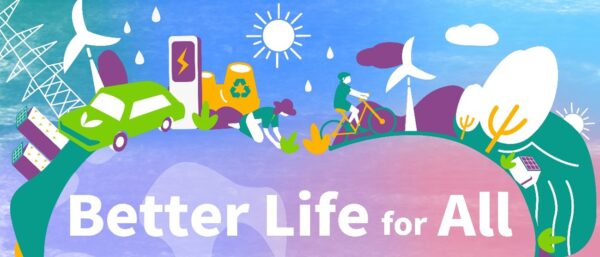
Being an environmentally conscious visitor ways looking deep into all merchantry processes and putting the utmost effort into transforming, both externally and internally, from the supply uniting to the organizational culture. In other words, LG aims to be an environmentally sustainable business, calling for specific and tangible deportment with the three environmental ESG initiatives outlined in its BETTER LIFE PLAN 2030.
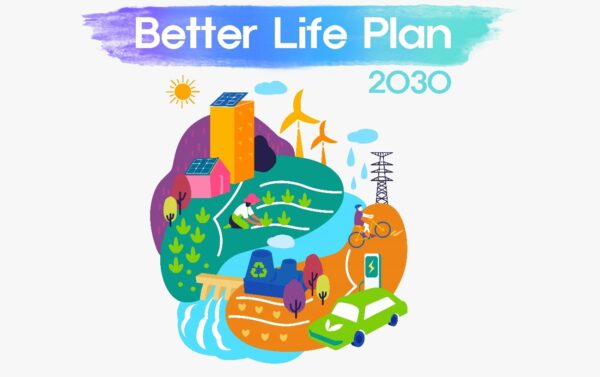
The initiatives mark a paradigm shift towards raising tangible, specific and measurable deportment for a better, cleaner and greener environment. Part two of the Better Life story series, this vendible looks at the environmental whoopee plans LG has established and the goals it is working nonflexible to achieve.
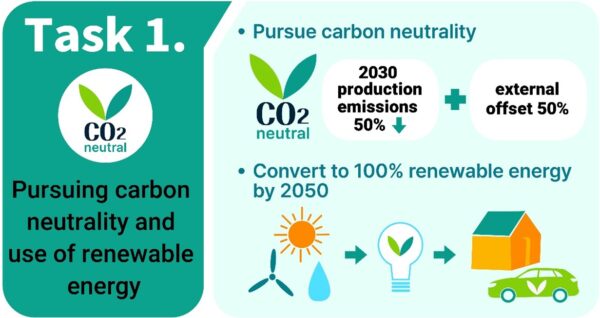
According to research, the stereotype temperature on Earth has risen by approximately 1.2 degrees Celsius (2.2 degrees Fahrenheit) since pre-industrial times. Responding to the urgency of climate change, LG remains steadfastly single-minded to attaining stat neutrality, and to converting entirely to renewable energy in the long term. Its dedication to both goals can once be seen in the energy-efficient technologies unromantic at LG Smart Park in Changwon, South Korea.
Exercising firsthand transpiration for its stat initiative, LG is converting to increasingly efficient operational processes and applying energy-efficient technologies wideness all of its production plants. LG Smart Park, the company’s revolutionary production facility, deploys next-generation manufacturing innovations to simultaneously unzip higher production efficiency and enhanced sustainability. The manufacturing hub has increased productivity by 20 percent and reduced the forfeit of defective-product returns by 80 percent. Moreover, LG Smart Park has reduced greenhouse gas emissions and boosted energy efficiency per unit by 30 percent compared to the previous factory.
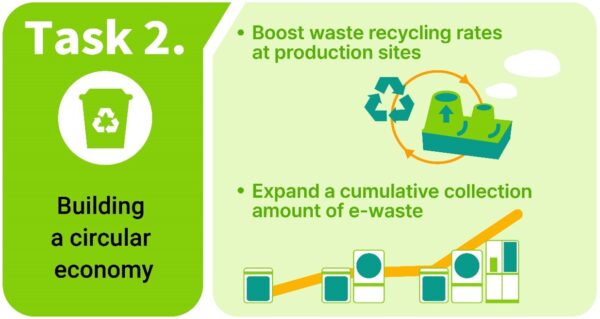
LG is looking to transpiration the status quo of end-of-lifecycle management by using eco-friendly materials, streamlining manufacturing processes and turning discarded materials into ‘new’ resources, with the aim of creating a circular economy.
The reducing, recovering, recycling and reusing of materials are all very important in a circular economy. LG operates a self-ruling e-waste retrieval service in 52 countries and aims to collect an piled total of over eight million tons of used appliances from 2006 to 2030. As for recycling, LG is improving its existing processes to unzip a higher recycling rate, with the end goal of hitting 95 percent by 2030. As part of this, the company’s Chilseo Recycling Center (CRC) situated in Hamyang, South Korea, plans to replace the compressor and old equipment by the latter half of the year. Furthermore, LG recently invited its employees to come together in the joint journey towards circularity by using fewer removable paper cups at work.
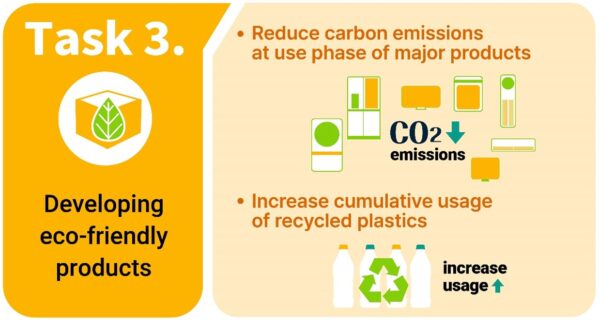
A global leader in consumer electronics, LG is defended to helping consumers realize a increasingly sustainable lifestyle. This is why the visitor is applying eco-friendly technologies to all newly ripened products, contributing to a smaller stat footprint and resource recirculation.
By 2030, LG plans to have reduced total stat emissions from the product-usage stage by 20 percent. It moreover projects that, from 2021 to 2030, it will have used an piled total of six hundred thousand tons of recycled plastics in the production of new home appliances. In the future, the visitor will be worldly-wise to offer products that are plane increasingly energy-efficient and environmentally sustainable than its current yield of models, helping consumers to reduce their monthly energy bills, unzip a increasingly sustainable household and enjoy the weightier version of the Better Life LG aims to provide.

For increasingly on how LG is embracing inclusivity, sustainability and diversity in all that it does, stay tuned for the third and final Better Life story, coming soon to Beyond News.
# # #
